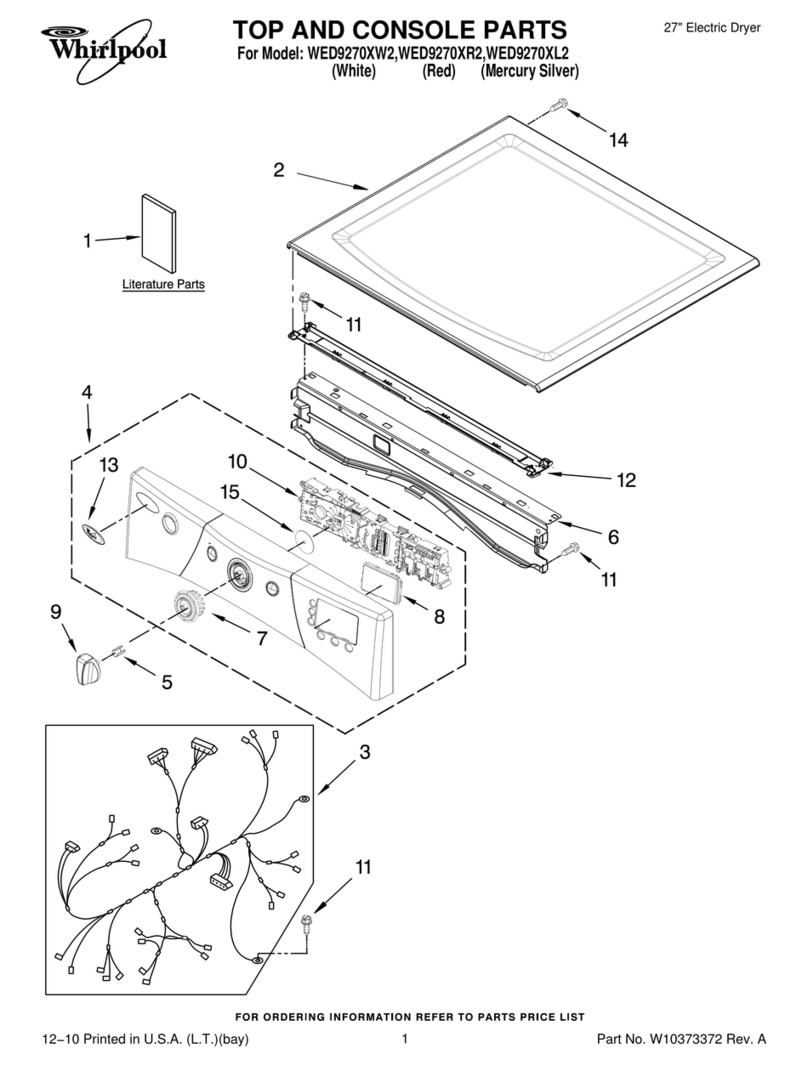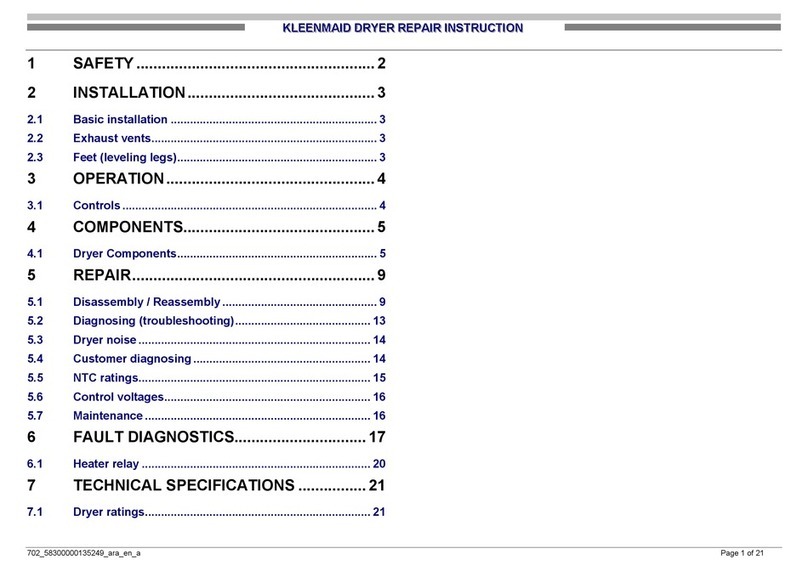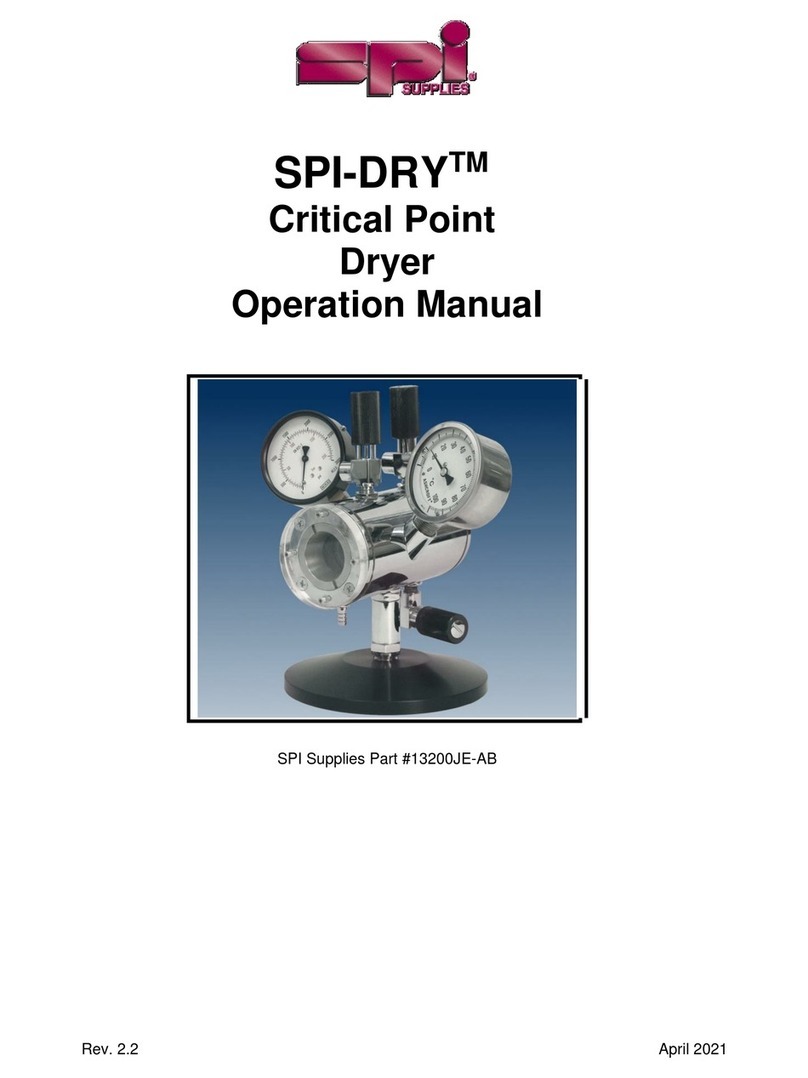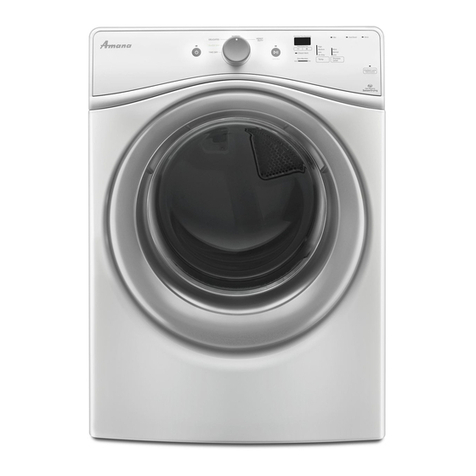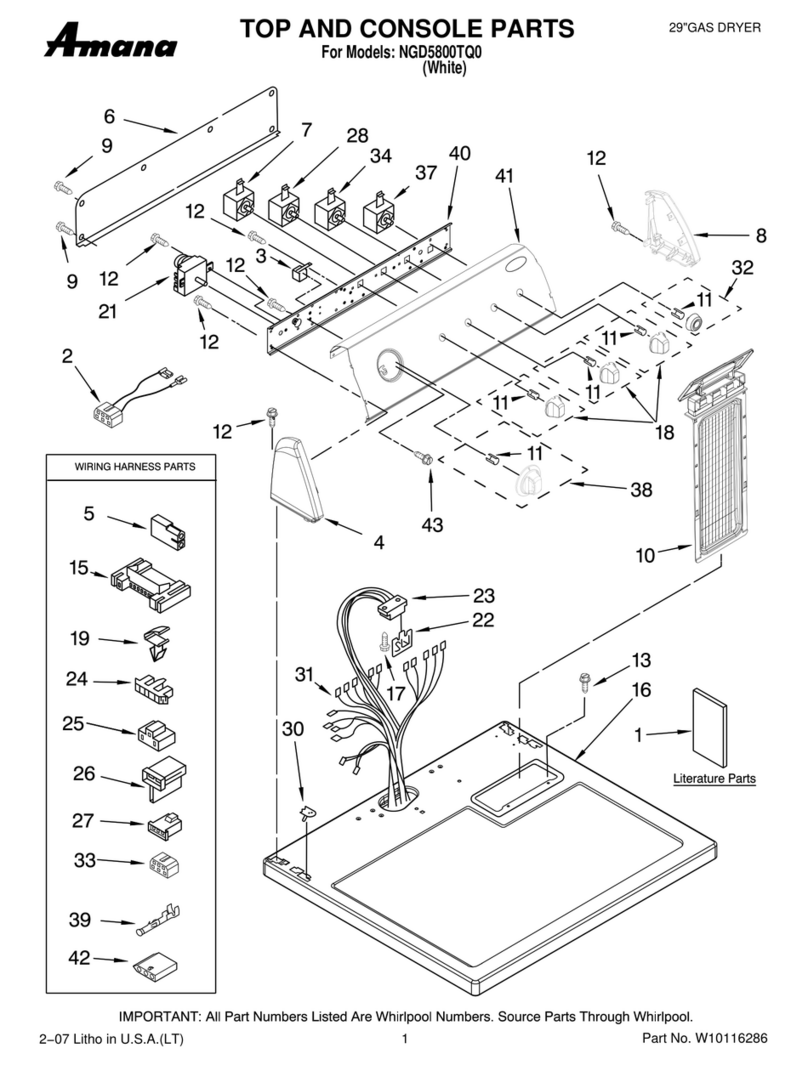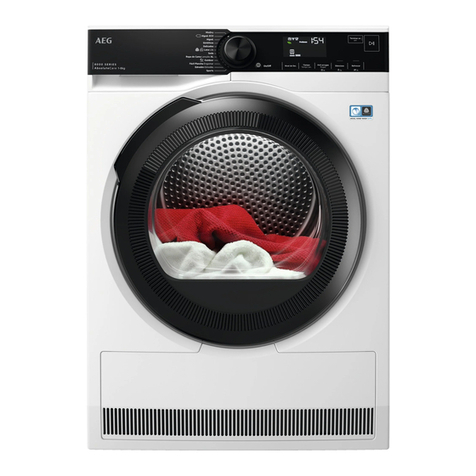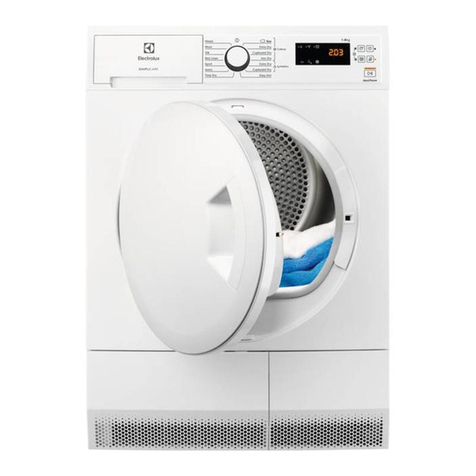Clear Water LPSA20 User manual

LPSA Air Dryer
Installation and Operation Manual
LPSA20 and LPSA60
ClearWater Tech, LLC.
Integrated Ozone Systems
850-E Capitolio Way, San Luis Obispo, Ca 93401 • 805-549-9724 • Fax: 805-549-0306 • E-mail: s[email protected] • www.cwtozone.com
Copyright © 2007 -ClearWater Tech, LLC • Reproduction of any kind is prohibited • LIT205 • REV060810

Page 2
Cautions, Warnings and Hazards
Do not allow rain or condensation to contact the LPSA Air Dryer. The LPSA Air Dryer is not
weatherproof. It must be operated indoors or in an enclosure in a non-condensing environment.
The LPSA Air Dryer should be installed and operated per the Compressed Gas Association
Guide P-8.1, “Safe Installation and Operation of PSA and Membrane Oxygen and Nitrogen
Generators.”
Patents, Trademarks, and Copyright
The LPSA Series Air Dryers are protected by the following US Patents:
4,925,464 5,112,367 5,114,441 5,268,021 5,366,541 5,593,478
5,370,778 Re. 35,099 Other patents pending.
ATF®is a registered trademark of SeQual Technologies, Inc.

Page 3
Introduction
The operation of the LPSA Air Dryer is based on the pressure swing adsorption (PSA) cycle
using a synthetic zeolite molecular sieve. The LPSA Air Dryer is capable of delivering dry air
flows up to 20 standard cubic feet per hour (SCFH) for LPSA20, and 60 SCFH for LPSA60 at
−60°F to −90°F dewpoint at rated conditions. The main components of the LPSA Air Dryer are
a SeQual ATF LPSA Module and an oil-less air compressor.
Installation
IMPORTANT: There are packaging materials that must be removed from under and around the
compressor. Do not attempt to operate the LPSA Air Dryer without removing these packaging
materials as damage may result.
Ensure that there is sufficient access space around the LPSA Air Dryer so that normal
maintenance and service can be performed. Also ensure that there will be a free flow of cooling
air around the compressor. Connect the unit to a grounded power source rated for the voltage
and current requirements stated on the label on the unit.
IMPORTANT: The location of the LPSA Air Dryer must be well ventilated. Refer to the
recommendations in the Compressed Gas Association Guide P-8.1, “Safe Installation and
Operation of PSA and Membrane Oxygen and Nitrogen Generators.” Contact ClearWater Tech
if further assistance is needed.
IMPORTANT: Choose a location for the LPSA Air Dryer that does not allow rain or
condensation to contact the unit.
Dry Air Hook-up
The dry air connection is a 1/8 inch female National Standard Pipe Thread (NPT) and is located
on the front of the LPSA Air Dryer. The hex nut bulkhead fitting should be stabilized with a 7/8
inch wrench to prevent rotation when making your connection to the unit.

Page 4
Cover Removal and Replacement
If the LPSA Air Dryer is supplied with a cover, remove the screws fastening the cover to the
base. Lift the cover straight up off the base until sufficient space is available to reach under and
unplug the fan cord from the cooling fan. There is 24 inches of cord length available to lay the
cover down without disconnecting the cord, if desired.
When reinstalling the cover, reconnect the fan cord, if required, and set the cover back on the
base. Ensure the fan cord does not come in contact with the compressor’s aluminum air after-
cooling coil. Replace the screws.
Operation
To start the LPSA Air Dryer, connect the unit to a grounded power source rated for the voltage
and current requirements stated on the label of the unit. Note: 220VAC and 240VAC units may
be provided with a standard NEMA rated cord. The plug on this cord must be cut off and the
unit hard-wired to main power. Color codes: Black=Line or L1, White=Neutral or L2,
Green=Ground or Earth.
Set the outlet dry air flow to 20 SCFH or less for LPSA20 and 60 SCFH or less for LPSA60. Do
not exceed rated capacity.
IMPORTANT: The flow meter installed on the LPSA Air Dryer is set to read accurately when
the discharge is set to atmospheric pressure. If the actual discharge pressure is substantially
above atmospheric pressure, the reading can be adjusted to determine the precise flow rate
according to the following formula:
(adjustedflow) = (measuredflow)x√dryairpressure+14.7
14.7
IMPORTANT: Ensure that vacuum is not applied to the LPSA Air Dryer if power is off. If
vacuum is being created by the venturi injector, the LPSA Air Dryer must be powered or damage
will occur to the ATF.
WINTERIZING: Disconnect O3 delivery line from venturi injector.

Page 5
Maintenance
The Compressor Inlet Filter is recommended to be changed every 4,000 hours. Filter change
frequency is dependent on environmental conditions and may vary.
Compressors are recommended to be rebuilt after 5,000 to 12,000 hours of operation depending
on environmental conditions.
See the Service Parts section for information on replacement air inlet filters and compressor
rebuild kits.
Specifications
Compressed Air
Pressure Relief Valve setting: 45 psig ±10%
Dry Air Output
(LPSA20) 20 SCFH at −60°F to −90°F dewpoint at 5 psig
(LPSA60) 60 SCFH at −60°F to −90°F dewpoint at 5 psig
Electrical Input
120 VAC, 60 Hz
220 VAC, 50 Hz
LPSA20
4 AMPS
2 AMPS
LPSA60
4 AMPS
2 AMPS
Environment
The LPSA Air Dryer is not weatherproof. It must be installed where rain and condensation are
not allowed to contact the unit.
Operating temperature: 40°F to 95°F
Storage temperature: 0°F to 140°F
Humidity: 0 to 95% RH
Barometric Pressure Range: 28 to 31 inches of Hg
Operation
Unit should be installed and operated per the Compressed Gas Association Guide P-8.1, “Safe
Installation and Operation of PSA and Membrane Oxygen and Nitrogen Generators.”
Mechanical
Maximum Dimensions: (LPSA20) 14”H (LPSA60) 21”H x 14”W x 17”D
Maximum Weight: 52 lbs
This manual suits for next models
1
Table of contents
Popular Dryer manuals by other brands

ffuuss
ffuuss eos user manual

KitchenAid
KitchenAid 53-3498 installation instructions

Schulthess
Schulthess Spirit topLine TW 8340 operating instructions
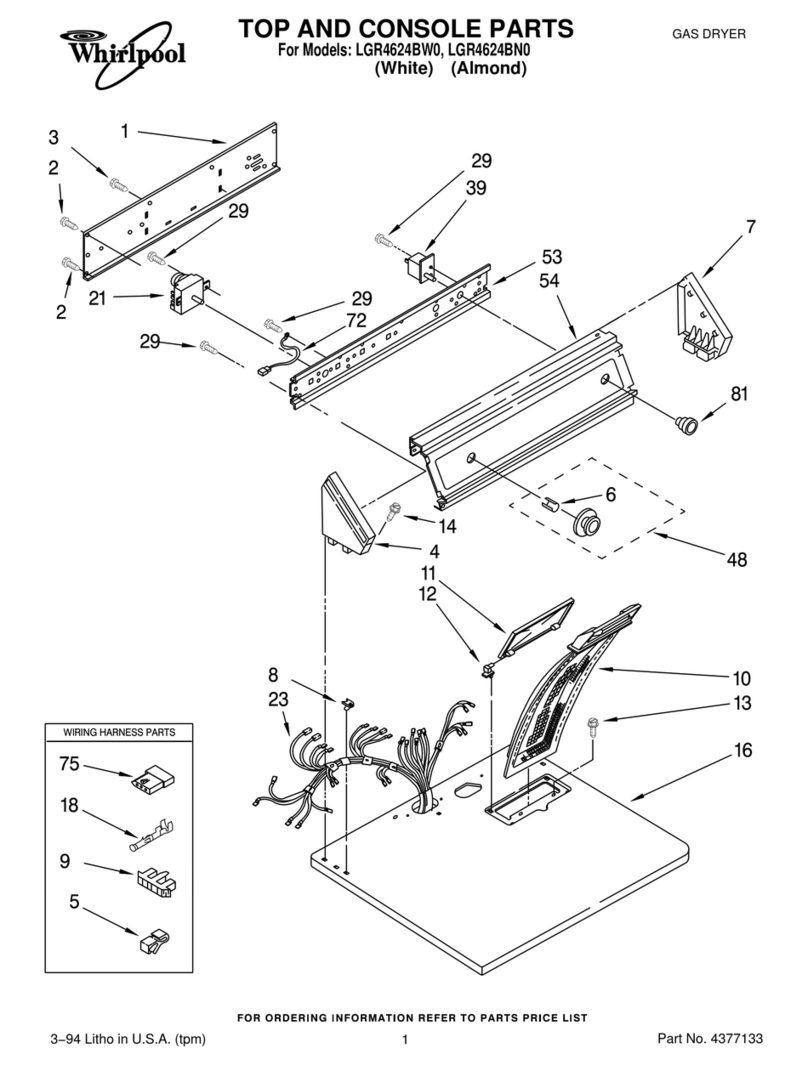
Whirlpool
Whirlpool LGR4624BW0 parts list
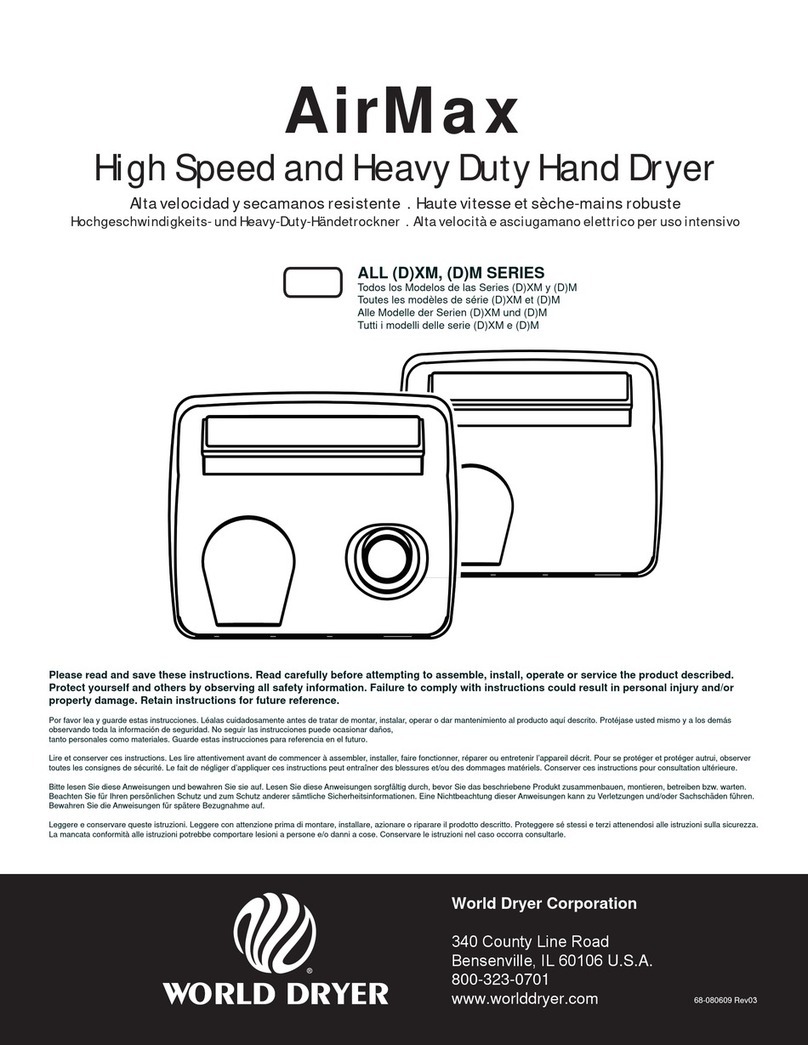
World Dryer
World Dryer AirMax D M5-972A manual
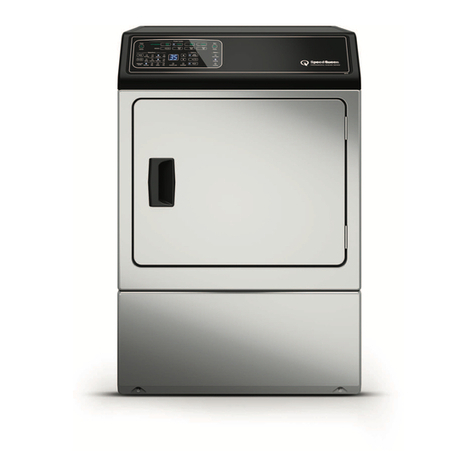
Alliance Laundry Systems
Alliance Laundry Systems ADEE9BSS user guide
